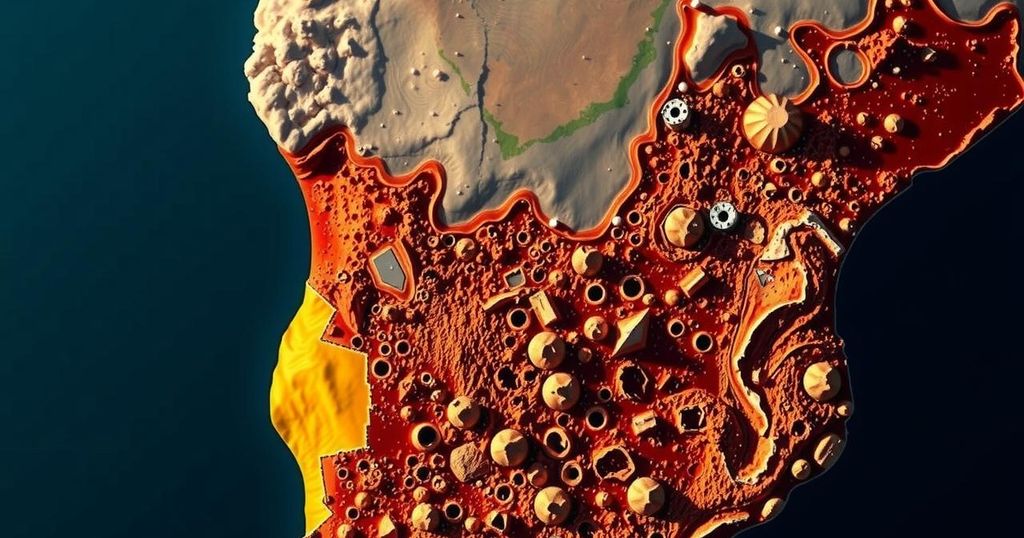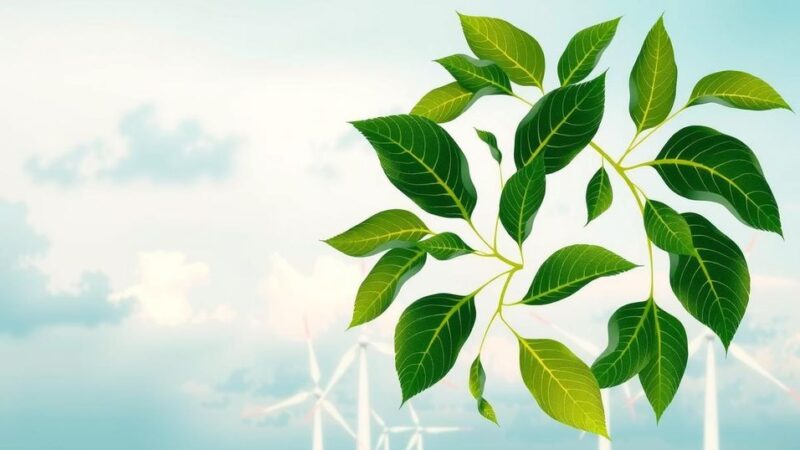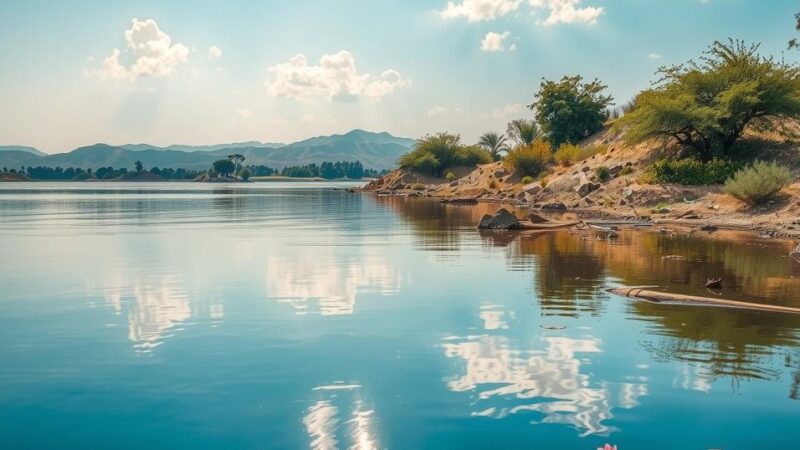Southern Africa is experiencing the worst drought in a century, affecting over 27 million lives and causing malnutrition in 21 million children. Declared national disasters in several countries highlight the urgency of the situation, driven by failing crops and livestock alongside the challenges posed by climate change and El Niño. Immediate intervention is critical as the region enters its lean season.
The Southern African region is currently facing an unprecedented humanitarian crisis due to a drought deemed the worst in a century. Recent reports from the United Nations indicate that over 27 million individuals are directly impacted, with approximately 21 million children suffering from malnutrition as a result of the extreme weather conditions. Countries such as Lesotho, Malawi, Namibia, Zambia, and Zimbabwe have officially declared states of national disaster after the drought devastated crops and livestock. The World Food Programme (WFP) has alerted that without immediate intervention, the crisis will exacerbate, particularly as the region enters the lean season in October. This time of year is critical as many families depend on rain-fed agriculture for sustenance and income. Unfortunately, due to prolonged dry spells, crops have failed while livestock mortality rates have risen sharply. The ongoing El Niño weather phenomenon, compounded by rising temperatures induced by climate change, has resulted in substantially decreased rainfall, pushing the region into dire straits. Evidence presented by WFP officials indicates that the harvest losses are astronomical; for instance, Zambia has lost approximately 70 percent of its expected agricultural yield, while Zimbabwe faces an even steeper decline of around 80 percent. Not only does this drought threaten food security, but it has also severely curtailed hydropower generation, leading to widespread electricity shortages. To further alleviate resource pressures, authorities in Namibia and Zimbabwe have resorted to culling wildlife, including elephants, to provide much-needed meat to their populations. This drastic measure underscores the significant strain that climate conditions have placed on local resources. Experts emphasize that sub-Saharan Africa remains particularly vulnerable to climate-change impacts due to the region’s reliance on agriculture and natural resources. The effects of irregular rainfall are expected to diminish the quality and yield of crops for years to come, jeopardizing the livelihoods of millions who depend on consistent agricultural output. “A historic drought – the worst food crisis yet – has devastated more than 27 million lives across the region,” stated Tomson Phiri, a spokesperson for the WFP. Immediate action from the international community and local governments is essential to mitigate the effects of the drought and support the affected populations.
The current drought in Southern Africa is attributed to a combination of natural weather phenomena, such as El Niño, and the long-term consequences of climate change. The region is characterized by its reliance on rain-fed agriculture, which makes it particularly susceptible to variations in climate. As a result, communities experience fluctuations in food security that have lasting impacts on health and economic stability. The agricultural sector forms the backbone of many Southern African economies, making dependence on consistent weather patterns critical for sustaining livelihoods.
In summary, Southern Africa is grappling with a severe drought that has triggered a widespread humanitarian crisis, affecting millions and threatening the food security of the region. With substantial impacts on agriculture and water resources, the situation necessitates immediate intervention and support from both national and international bodies to alleviate suffering and secure food supplies for the future.
Original Source: www.aljazeera.com






